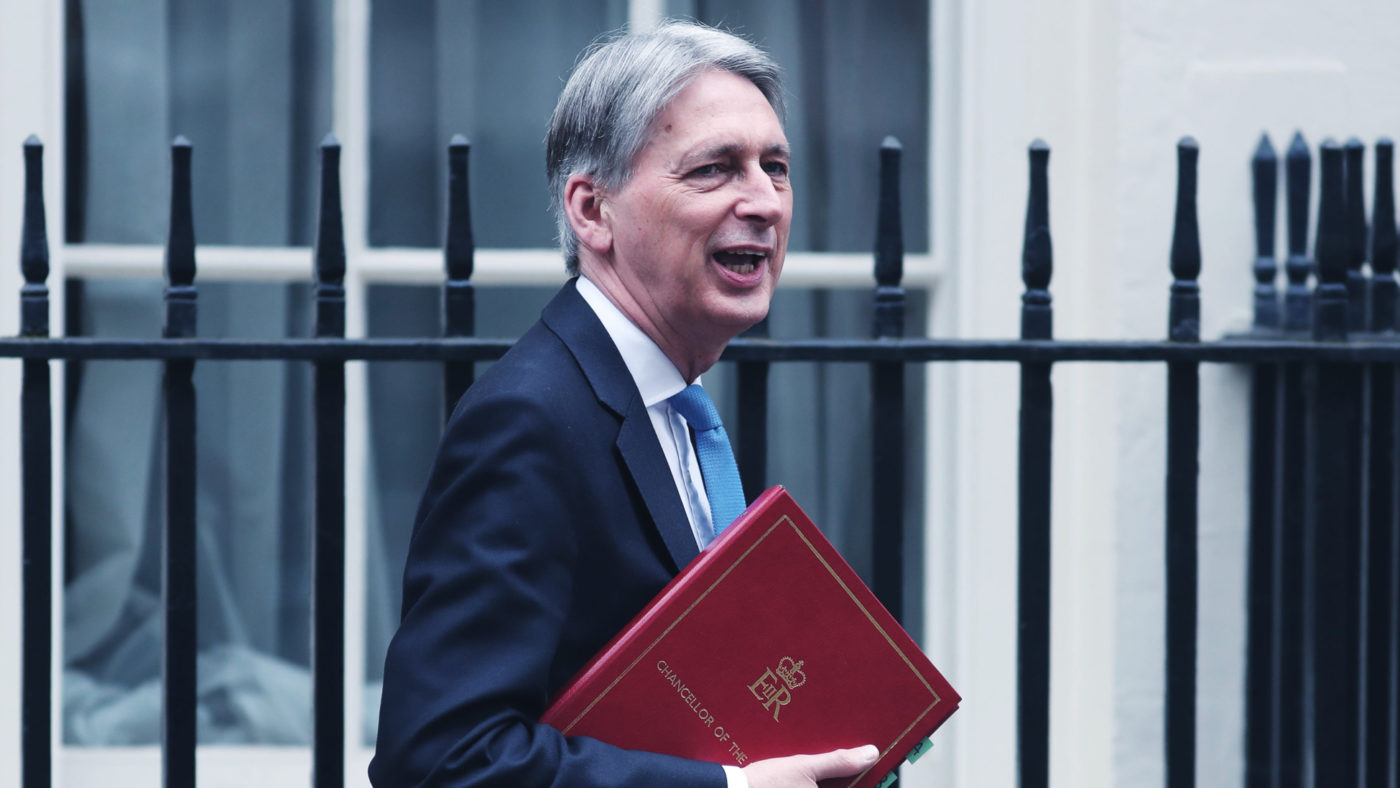The Financial Times’s Chris Giles is a must-read economics commentator. But he has gone too far in suggesting Chancellor Philip Hammond has “outsourced his spending plans” to the Office for Budget Responsibility.
Chris refers to Hammond’s Spring Statement where he said: “If, in the autumn, the public finances continue to reflect the improvements that today’s [OBR] report hints at… I would have capacity to enable further increases in public spending and investment in the years ahead.”
This heaps pressure on the Office for Budget Responsibility forecasting team, according to Chris, and makes public service spending a hostage to fortune against their uncertain predictions. If Brexit was about enhancing Parliamentary control, Chris ponders, then why give up political control of fiscal policy to an appointed body?
Well, first off, the constitutional case for Brexit was about decisions on policies being made in a UK Parliament. Any decision by the Chancellor of the elected government to link spending and OBR forecasts of growth potential would be a perfectly reasonable manifestation of that, just as it was when Parliament endorsed setting up bodies such as the Low Pay Commission to set the minimum wage.
What is more, fiscal rules – formal or (as in this case) informal – can always be revised, abandoned or ignored by elected governments now or in future, as indeed we have seen regularly over the past two decades. There is no contradiction at all between Brexiteers’ and Hammond’s positions on Parliamentary sovereignty and “taking back control”.
Next, do the Chancellor’s words imply he has given up “spending decisions” to the OBR? No. All Hammond is saying is that, given his desire to meet his deficit targets, he is only willing to spend more without raising taxes if the economic outlook in terms of growth potential improves. This says nothing about what the level of spending should be (he could still raise it by increasing tax levels). Nor does it say anything about where money should be allocated within the total spending envelope, which remains a purely political decision. It simply rules out more projected borrowing as a political choice.
Of course, one could say (as people do every day) that there is a “need” for more public spending right now. And that linking spending to growth potential prioritises fiscal probity over this need. But some might say that’s a choice by the Chancellor, given politicians’ tendency for raising spending via borrowing and considering the consequences later. Long-term spending levels are inevitably determined by the health of the economy. That Hammond is making that link – and essentially ruling out borrowing more to spend more day-to-day, absent tax increases or growth prospect improvements – is something that many other countries do formally.
As I discuss in a recent paper, Chile operated an explicit fiscal rule that capped spending each year at an estimate of what tax revenues would be if the economy worked at full potential. Independent committees would estimate economic potential and how far the copper price was from its long-term trend. Provided the potential of the economy was estimated accurately, this rule would ensure a balanced budget over the economic cycle. With economic growth, that means the debt-to-GDP ratio should gradually fall.
And fall it did. The virtues of such a rule really became acutely apparent just before the financial crisis. Chile’s government resisted strong pressures (as Hammond now faces) to open the spending taps. It instead ran an overall budget surplus as high as 7.9 per cent of GDP, because the independent economic experts judged most of the strong budget performance as cyclical and not an improvement in growth potential.
This proved prescient. By 2009 the budget had swung to a 4.2 per cent deficit as the global recession hit. General government debt did increase again, but Chile had been so fiscally prudent before the crash that even today general government debt is only 21.3 per cent of GDP and net debt is just 1 per cent of GDP.
Now the point here is not to say the UK should adopt Chile’s rule, but merely to point out that Hammond’s position – in essence capping spending unless economic growth potential improves – has pedigree.
Chris is right is that calculating potential GDP is fraught with difficulty, as Chile’s more recent experience shows. “Potential revenues” requires accurate assessment of (a) the health of the economy in real time, (b) the “output gap” and (c) how moving to potential affects revenues. All are highly uncertain and difficult to calculate.
But this is an implementation problem, rather than one of principle. You could devise rules without relying on forecasting but which average and extrapolate trends from previous years to cap spending. This would only allow increases in spending absent tax rises when there is a sustained improvement in economic performance.
The key point though is this: Hammond’s musing does not hand spending decisions to an unelected body. It means he will use the OBR’s estimates of potential to try not to expand borrowing. Where money is allocated would still be a political decision, as would the size of government, determined by tax levels. Hammond’s aim is simply that governments finance their structural spending honestly and transparently through taxes.


